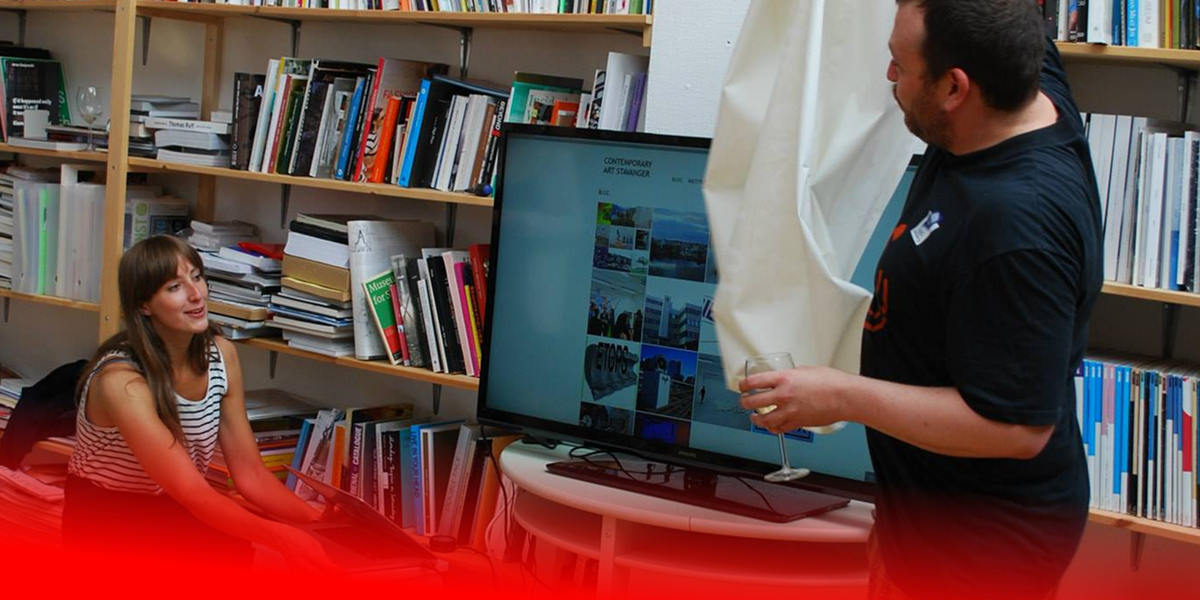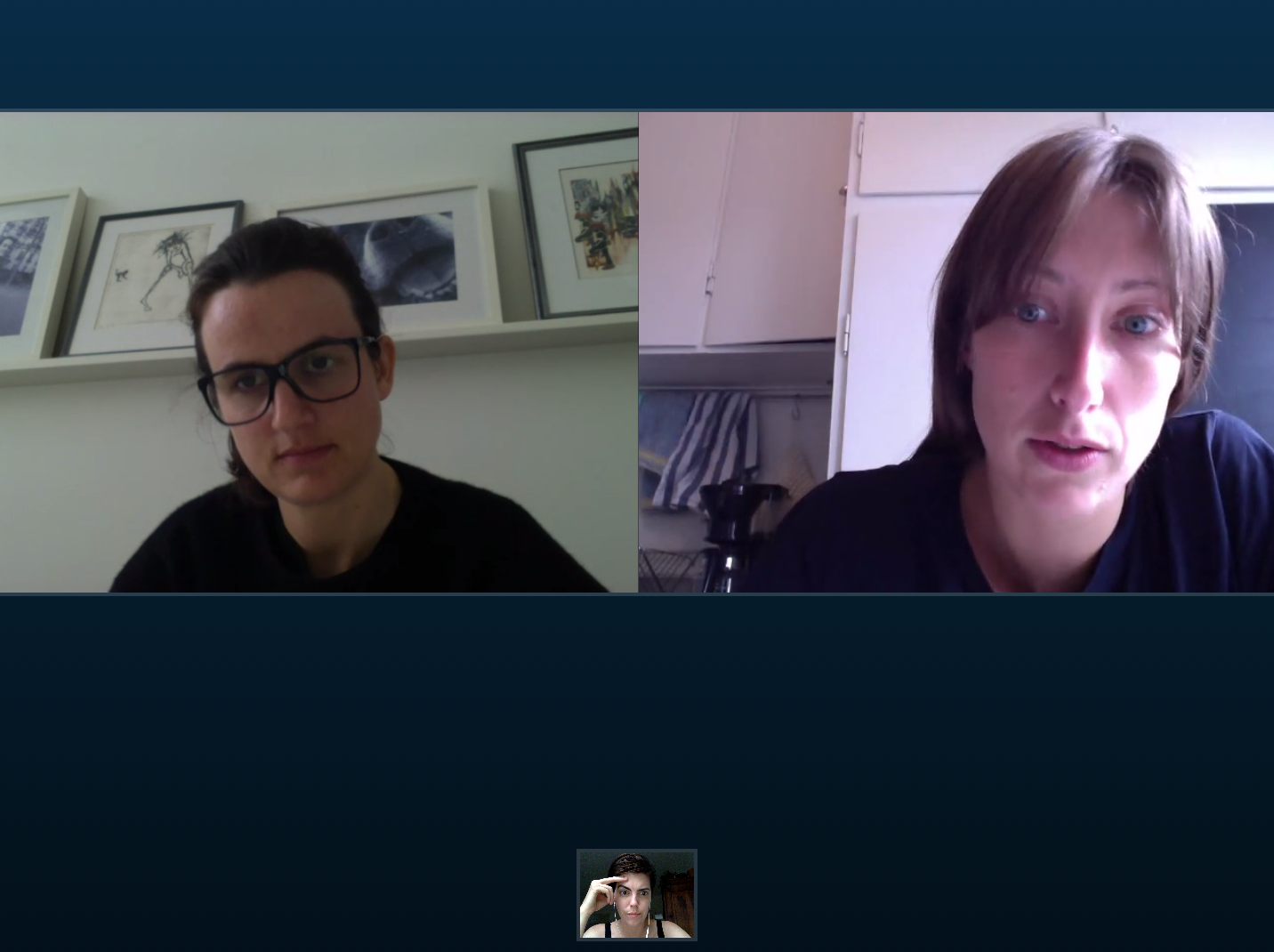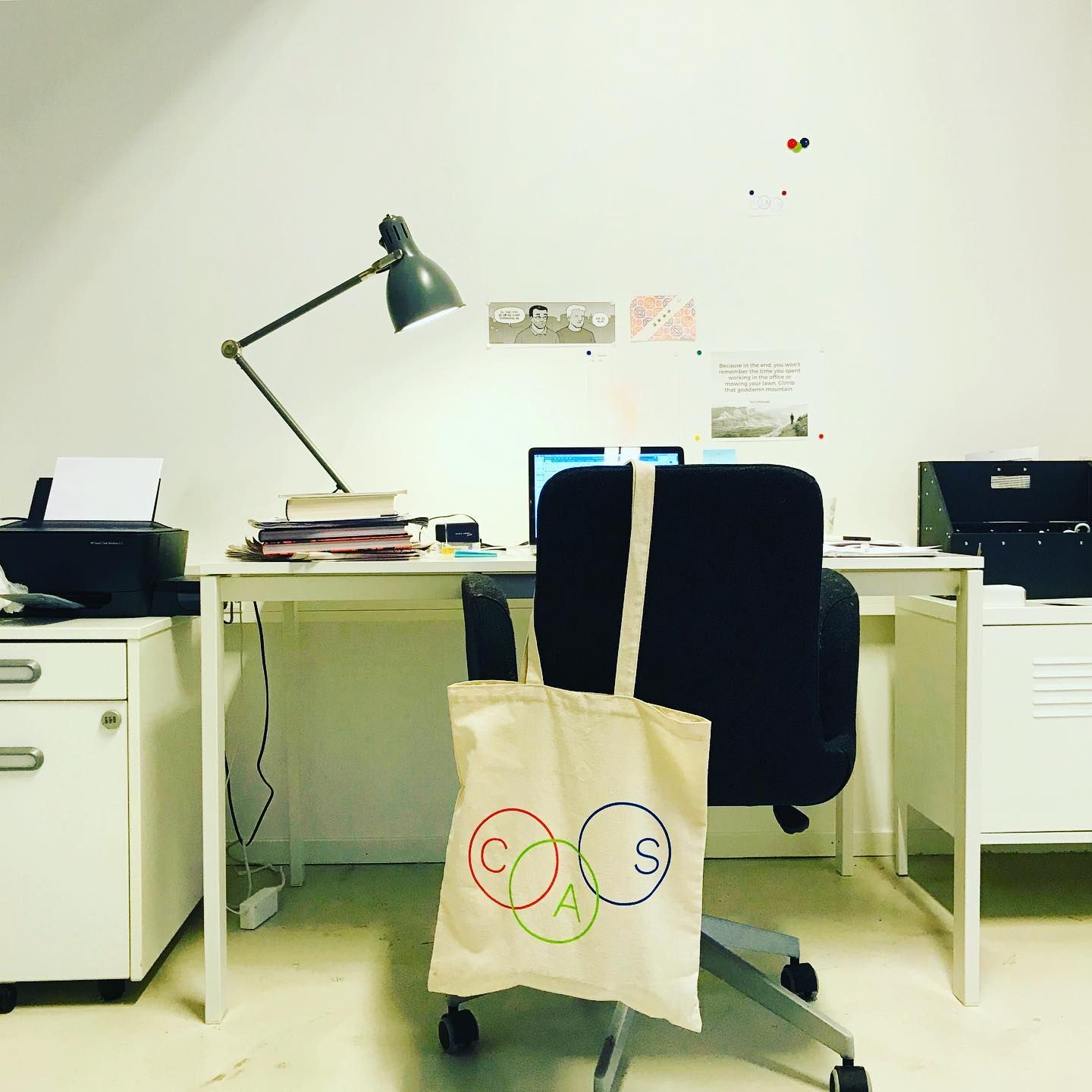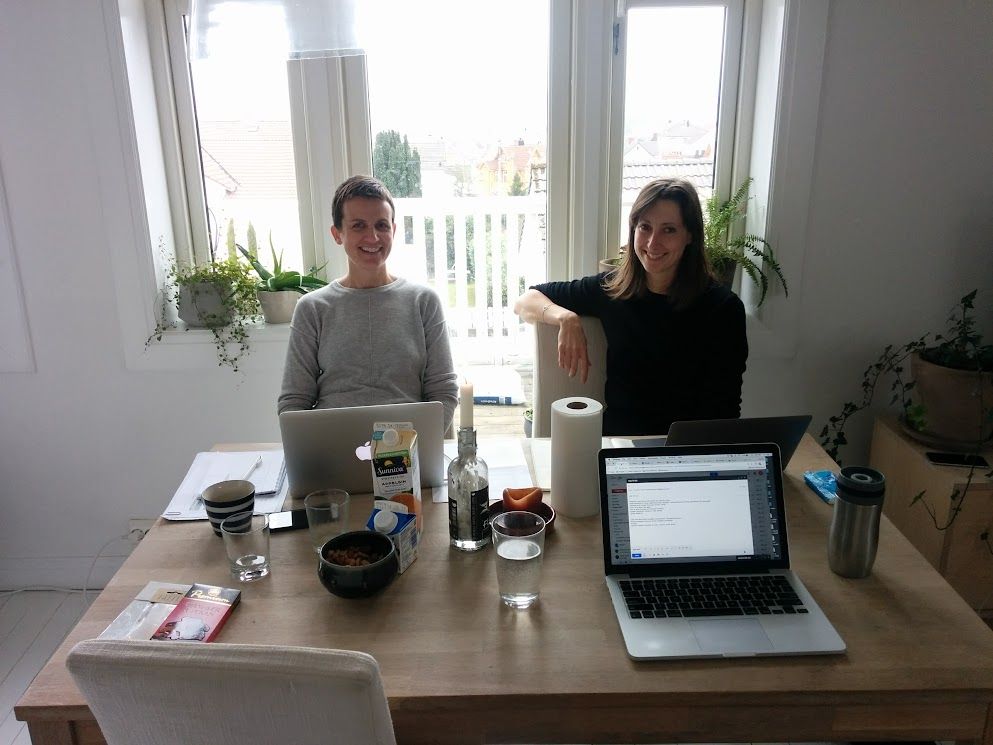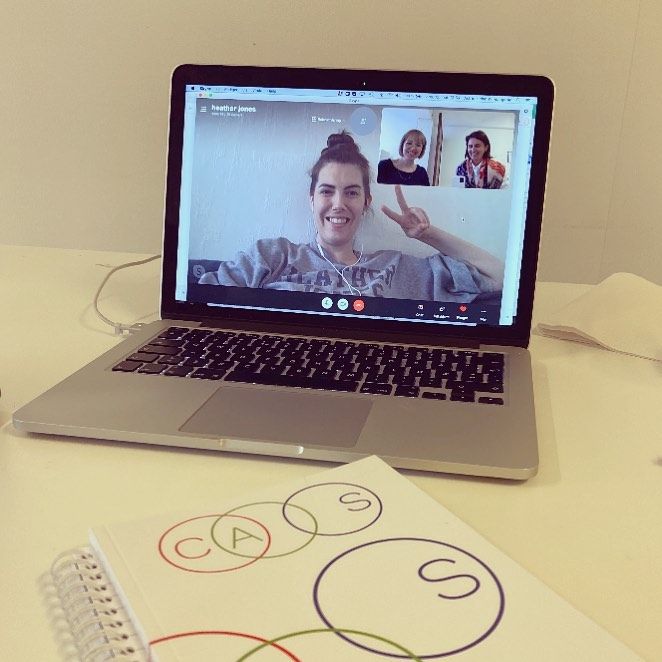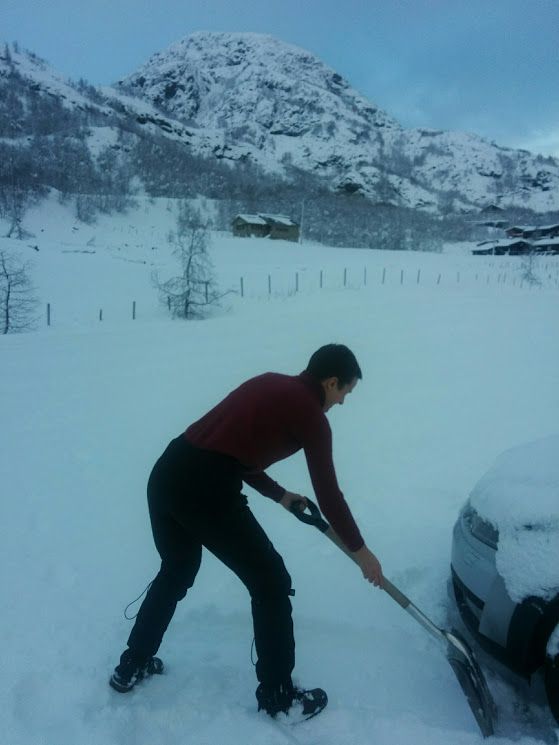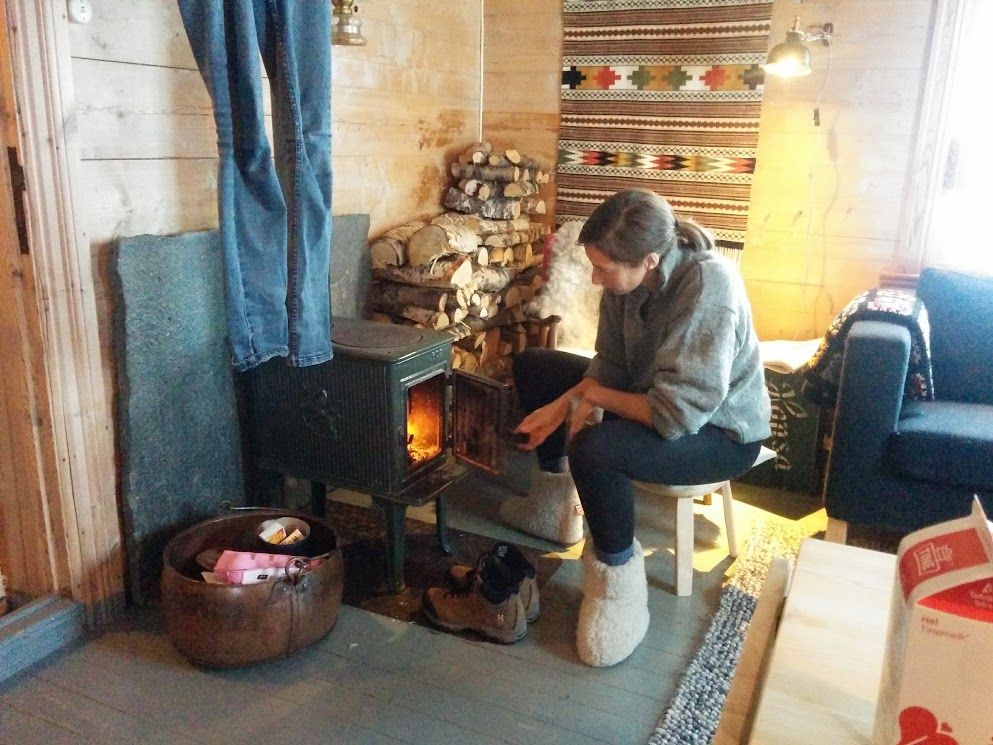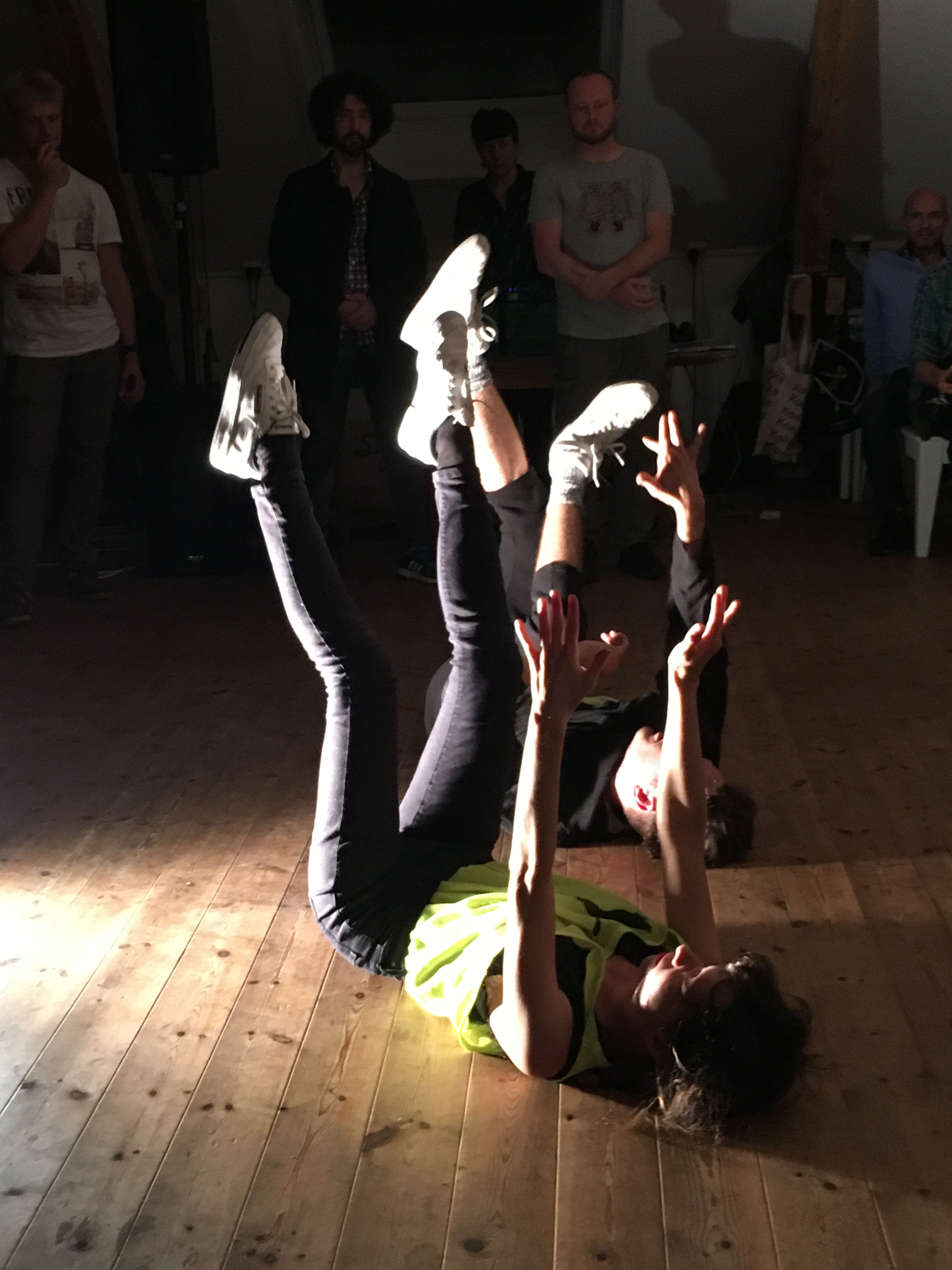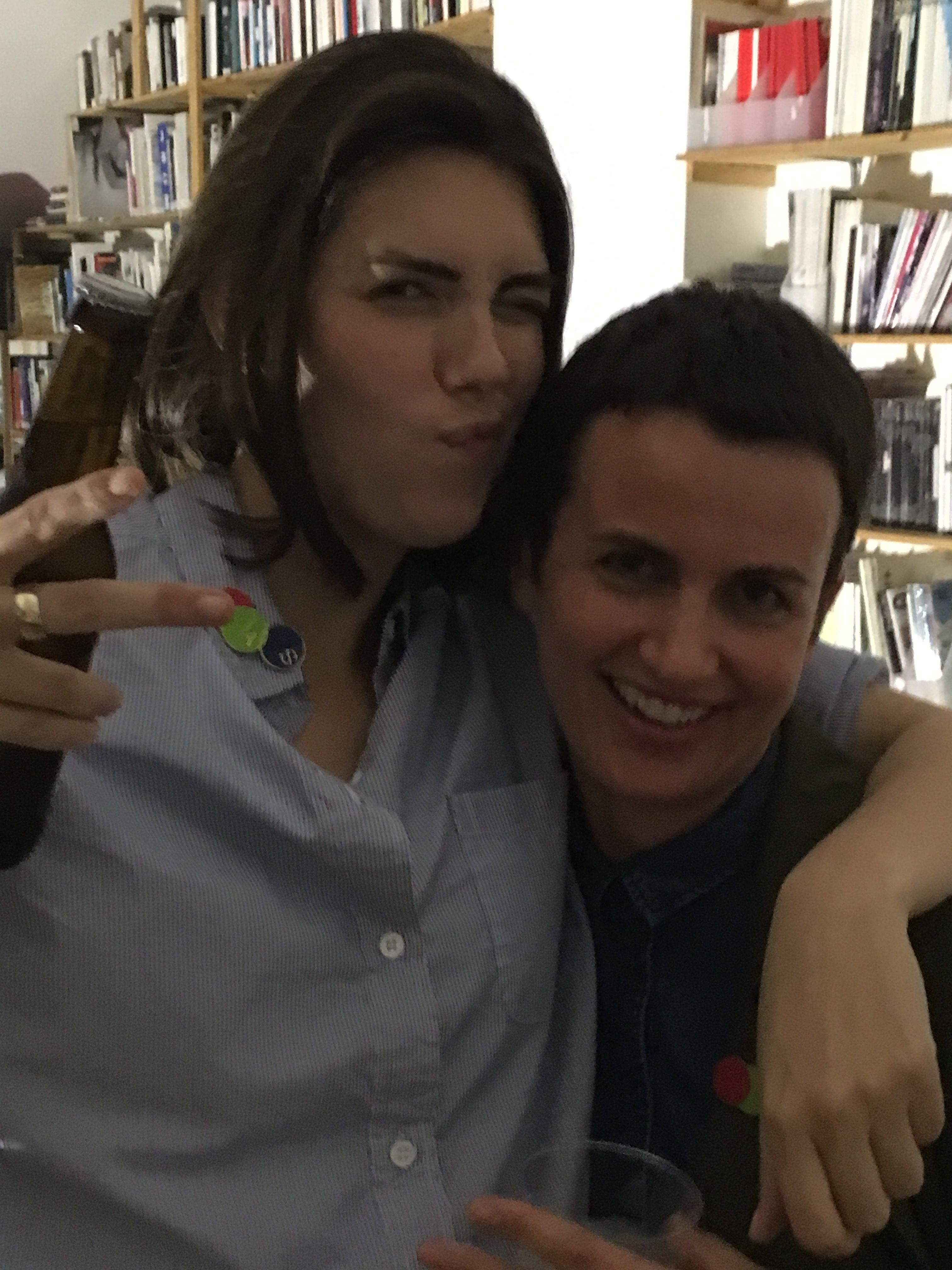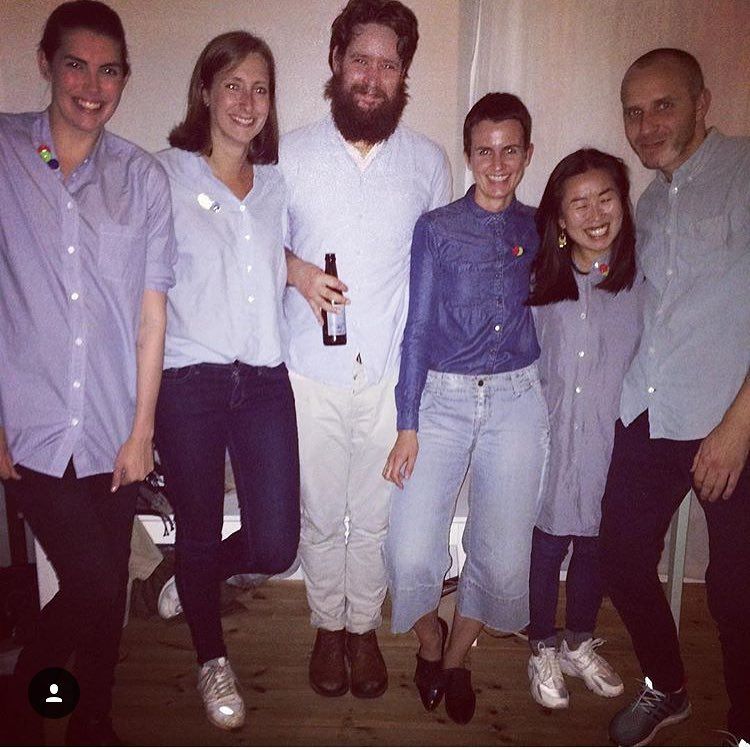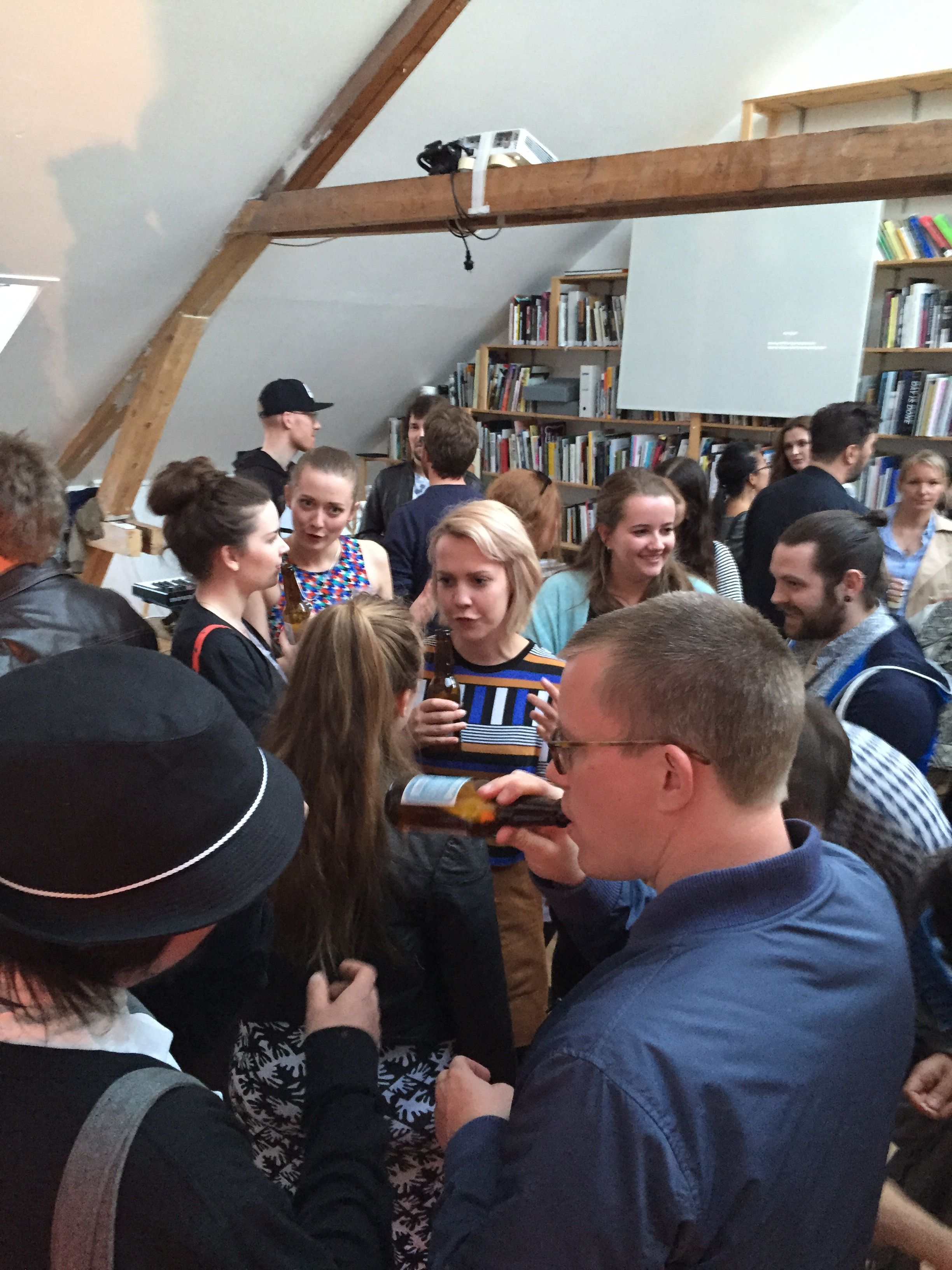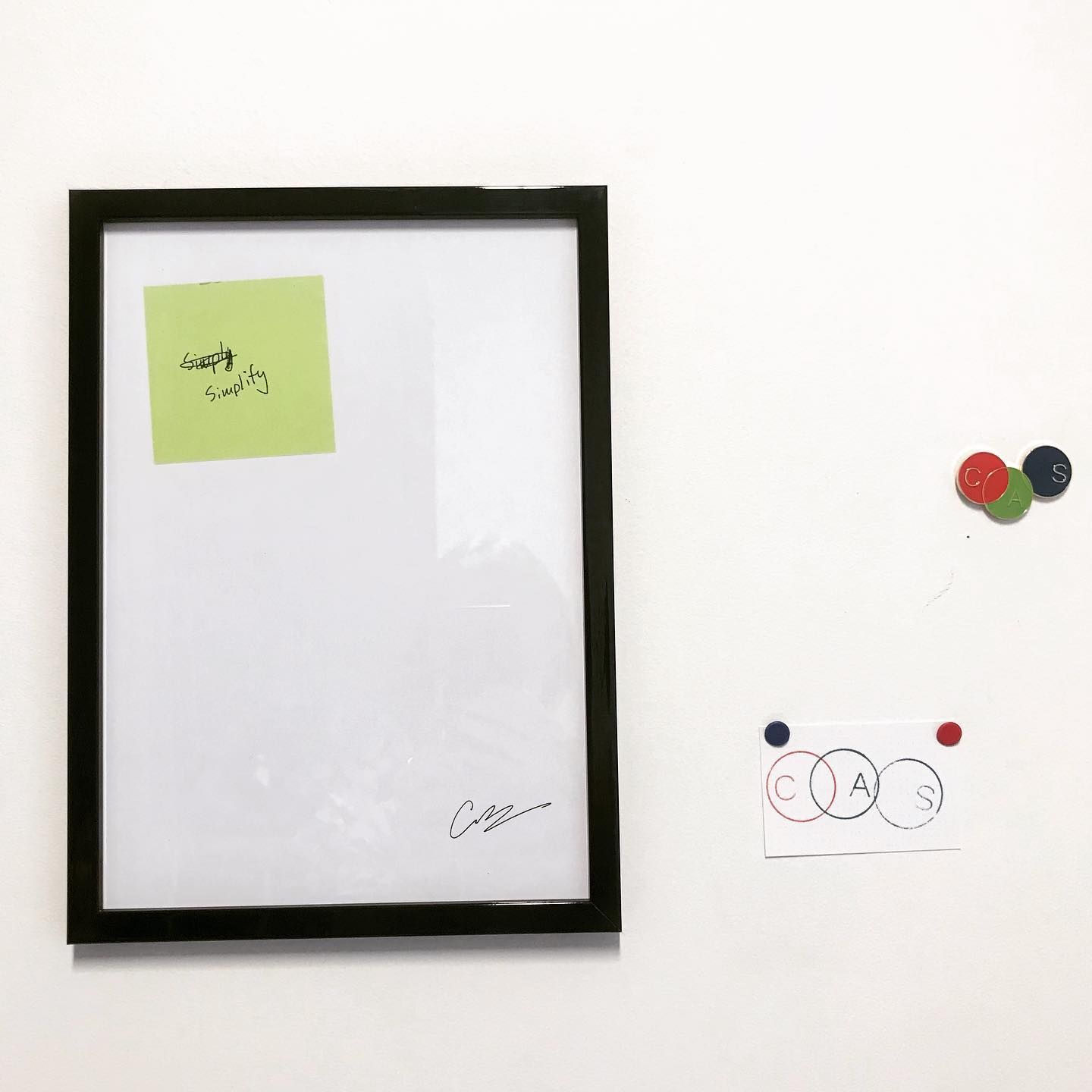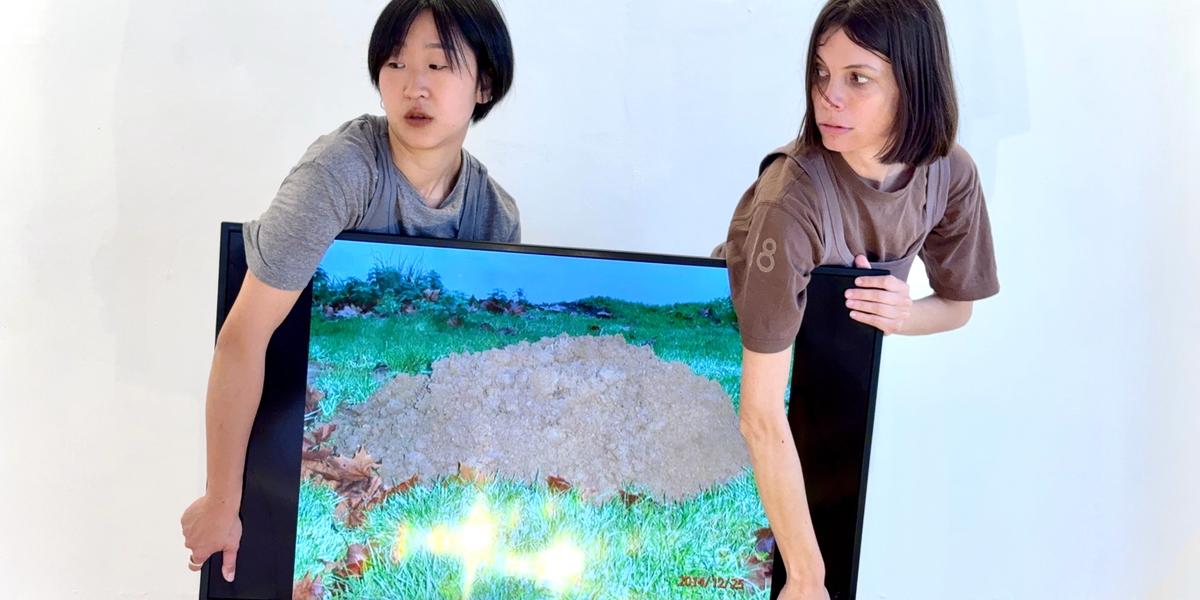
You need to engage with the apple! A conversation about art criticism
CAS is the region's only outlet specifically for visual arts, and as such we are dedicated to representing the local art landscape within a broader national and international context. A public conversation about art criticism that took place as part of this year’s Coast Contemporary and Open Studios Stavanger is an example of these efforts. In a conversation that sparked much engagement with the audience, curators, writers and critics Arnau Horta and Foteini Salvaridi – both part of Coast Contemporary International Visitor’s Program – shared their practices and their perspectives on the state of art criticism.
- EN
- 6 October 2025
- Interview
